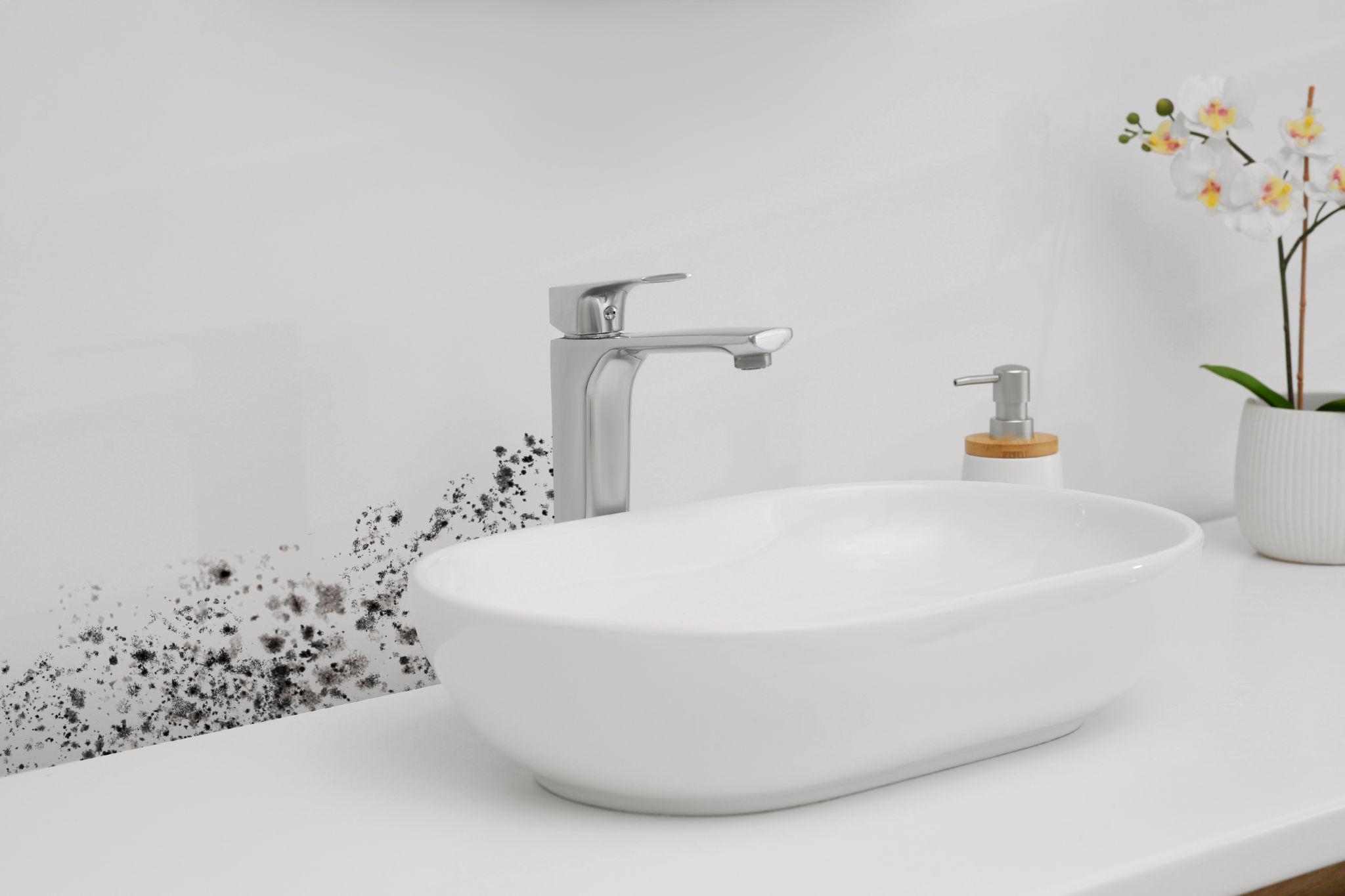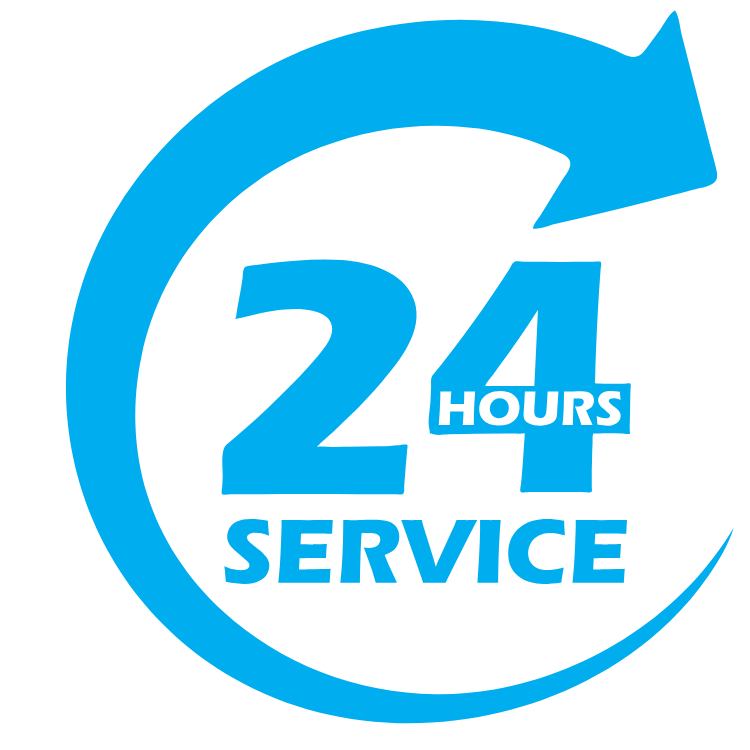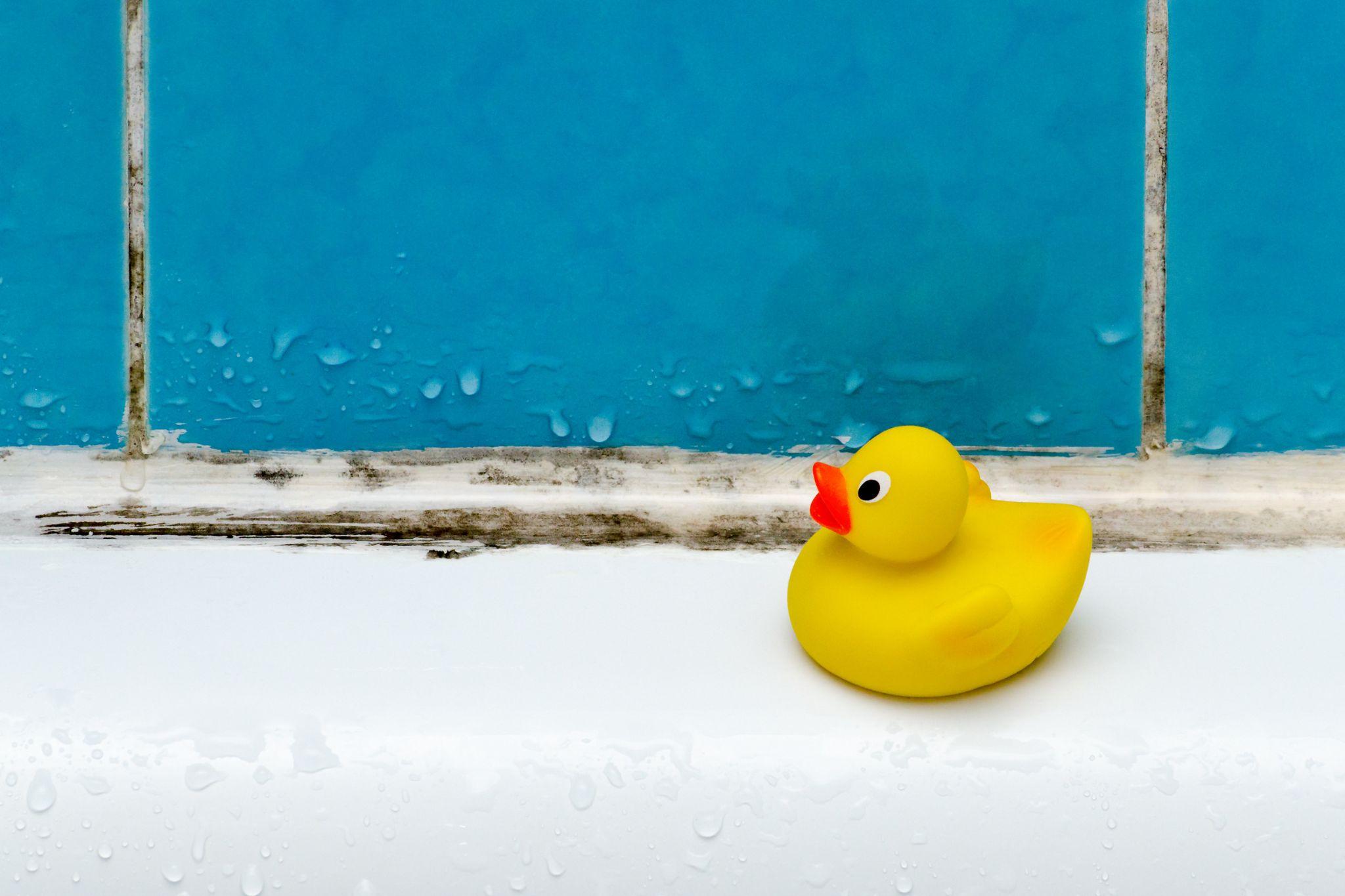LICENSED, INSURED & BONDED SINCE 1985 WITH 35 YEARS OF EXPERIENCE • (818) 483-0139
Mold is a common yet frustrating problem in many households, particularly in bathrooms. The constant presence of moisture creates the perfect environment for mold growth. Understanding the causes of bathroom mold can help you prevent its occurrence and maintain a clean, healthy living space.
What Is Mold?
Mold is a fungus that thrives in damp, warm, and humid environments. It reproduces through tiny spores that travel through the air and settle on surfaces. Once mold finds a moist and nutrient-rich surface, it grows and spreads, creating unsightly black, green, or white patches.
How Does Mold Grow?
Mold requires three essential conditions to grow:
- Moisture: Water is the primary factor that contributes to mold growth. High humidity, condensation, or leaks create the perfect conditions for mold to thrive.
- Organic Material: Mold feeds on organic substances such as soap scum, wood, drywall, grout, and fabrics.
- Poor Ventilation: Without proper airflow, moisture lingers in the air and on surfaces, allowing mold spores to take hold and spread.
Why Is Mold in the Bathroom a Problem?
Bathrooms are particularly vulnerable to mold growth because they provide the ideal environment with constant moisture. Steam from hot water increases humidity levels, and improper ventilation allows moisture to accumulate. Additionally, porous surfaces like grout, caulk, and drywall absorb water, making them prime locations for mold colonies.
What Are Common Causes of Bathroom Mold?
Several factors contribute to mold in the bathroom, including:
- Poor ventilation
- Leaky pipes or fixtures
- Standing water
- Clogged drains
- Absorbent materials
- Lack of regular cleaning
Tips to Prevent a Moldy Bathroom
To prevent a moldy bathroom, use these tips:
- Use an exhaust fan or open a window during and after showers to reduce humidity.
- Fix leaks and plumbing issues immediately.
- Wipe down wet surfaces, including shower walls, mirrors, and sinks.
- Wash and dry towels, bath mats, and shower curtains regularly.
- Clean your bathroom with mold-inhibiting solutions like vinegar, baking soda, or commercial mold cleaners.
How to Get Rid of Existing Bathroom Mold
Use these steps for bathroom mold removal if you already have mold in your bathroom:
- Apply a commercial mold remover, white vinegar, or hydrogen peroxide to affected areas.
- Use a scrub brush or sponge to remove mold from grout, tiles, and surfaces.
- After cleaning, dry the area thoroughly to prevent mold from returning.
- Replace caulk, grout, or drywall if the source of mold has deeply penetrated these materials.

When to Call a Plumber for Help With Bathroom Mold
A plumber may be necessary to address problems with bathroom mold when:
- You suspect hidden leaks.
- There are water stains and mold on the bathroom ceiling.
- Mold keeps returning despite cleaning efforts.
- Mold spreads rapidly without any visible water source.
Resolve Plumbing-Related Bathroom Mold Issues Today
If you’re struggling with persistent bathroom mold due to plumbing issues, our expert residential plumbers in the San Fernando Valley, Los Angeles, and Ventura County can help. At Lynch Plumbing, we specialize in detecting and repairing leaks, drain cleaning, and preventing moisture buildup. Contact us today to schedule plumbing services.






